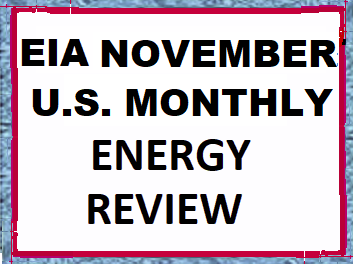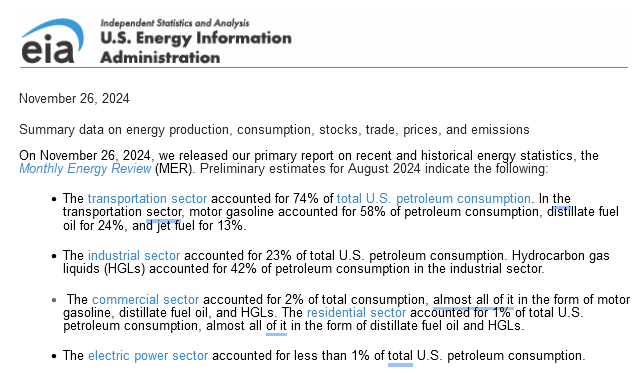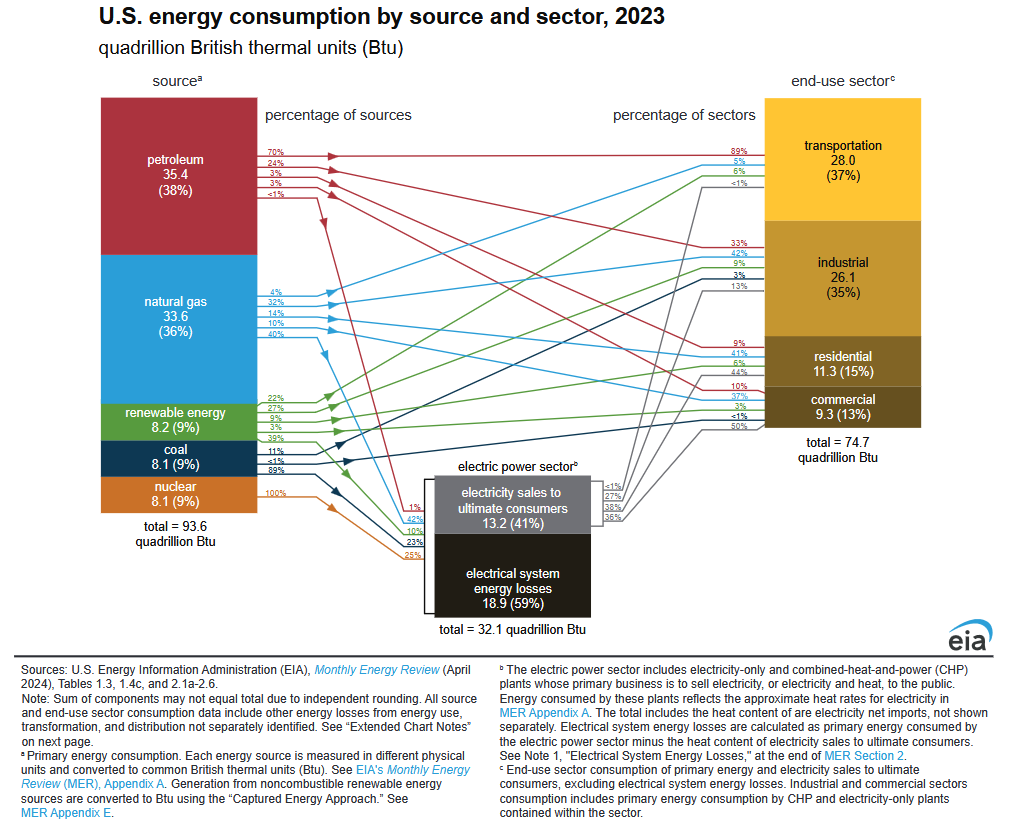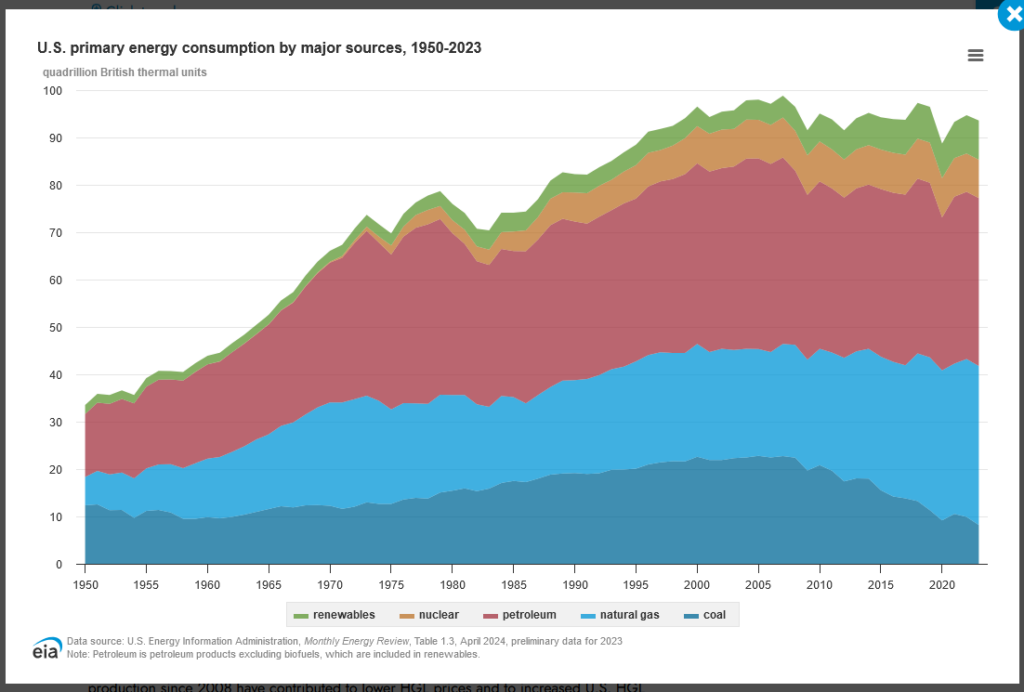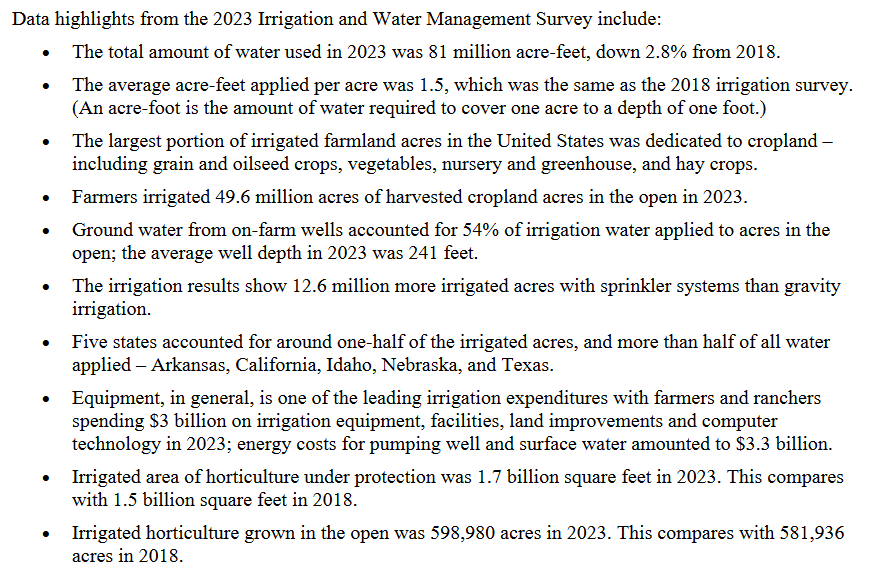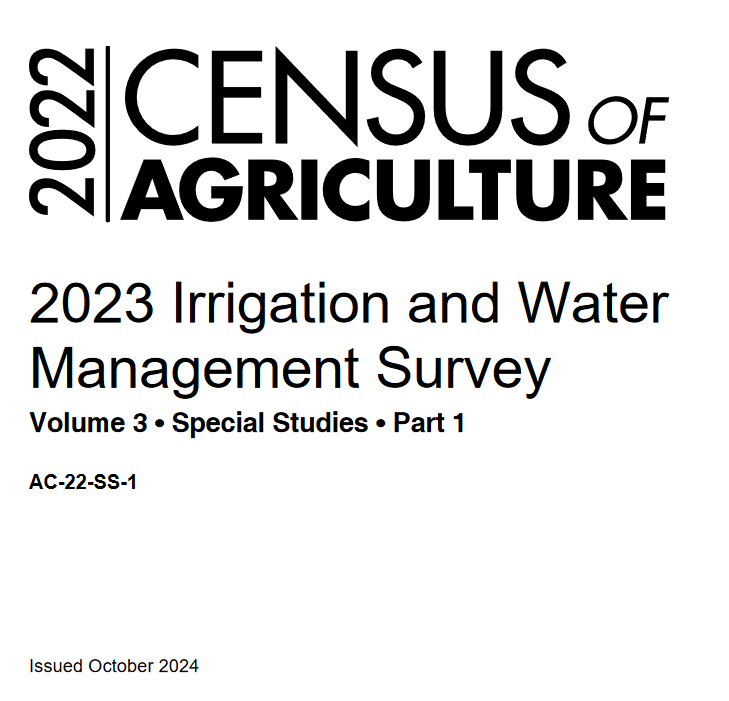This article focuses on what we are paying attention to in the next 48 to 72 hours. The article also includes weather maps for longer-term U.S. outlooks (up to four weeks) and a six-day World weather outlook which can be very useful for travelers.

First the NWS Short Range Forecast. The afternoon NWS text update can be found here after about 4 p.m. New York time but it is unlikely to have changed very much from the morning update. The images in this article automatically update.
Short Range Forecast Discussion
NWS Weather Prediction Center College Park MD
Sat Nov 30 2024
Valid 12Z Sat Nov 30 2024 – 12Z Mon Dec 02 2024
…Heavy lake-effect snow downwind from the Great Lakes through Monday…
…Light to moderate snow from the Middle Mississippi Valley to the
Central Appalachians on Saturday…
…Light to moderate snow over parts of the Northern Plains/Upper
Mississippi Valley and Central Appalachians on Sunday…
…Temperatures will be 15 to 20 degrees below average over parts of the
Northern Plains and temperatures will be about 10 degrees below average
over parts of the eastern third of the country…
High pressure extending from Central Canada to the Tennessee Valley will
usher cold air over parts of the Northern Plains, bringing temperatures of
10 to 20 degrees below average. The cold air prompted Cold Weather
Advisories to be over parts of North Dakota on Saturday morning. The
Central Canada high will move south into the Northern Plains by Monday. As
the high pressure expands eastward, cold air will move over most of the
eastern third of the country, with temperatures about 10 degrees below
average. Freeze Warning will also be over the Central Gulf Coast States to
the Southeast.
In addition, upper-level troughing over the Upper Midwest/Upper Great
Lakes into the Northeast and cold air streaming over the Great Lakes will
produce heavy lake-effect snow over the Upper Peninsula of Michigan
through Monday. Lighter snowfall will develop over most of the west coast
of the Lower Peninsula of Michigan during the time period. However, heavy
lake-effect snow will develop over the parts of the northern Lower
Peninsula of Michigan near the Traverse City to Gaylord regions. Moreover,
heavy lake-effect snow will develop downwind of Lakes Erie and Ontario
through Monday.
Moreover, a quasi-stationary front extending from the Middle Mississippi
Valley to the Northern Rockies/Northern High Plains will remain through
Monday. Furthermore, a wave of low pressure will develop on the boundary
over parts of the Central Plains and move eastward to the Central
Appalachians by Sunday morning. The system will produce light to moderate
snow over parts of the Middle Mississippi Valley eastward to the Central
Appalachians on Saturday into Sunday morning. The light to moderate snow
will continue over the Central Appalachians on Sunday. Additionally, light
snow will develop over parts of the Northern Plains on Saturday. The light
snow will continue on Sunday and expand into parts of the Upper/Middle
Mississippi Valley.
Meanwhile, weak return flow off the Gulf of Mexico will create light rain
over parts of the Western Gulf Coast on Saturday into Monday morning.
To get your local forecast plus active alerts and warnings click HERE and enter your city, state or zip code.

Learn about wave patterns HERE.
Then, looking at the world and of course, the U.S. shows here also. Today we are looking at precipitation.

Please click on “Read More” below to access the full Daily Report issued today.
